Tag: hypoperfusion
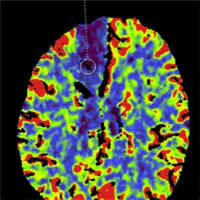
Cerebral Hypoperfusion Detection with Dynamic Hyperoxia Test
In a heterogeneous population of acute brain-injured patients, cerebral multimodal monitoring with intracranial pressure (ICP) and brain tissue oxygen pressure (PbtO2) detected regional cerebral hypoperfusion with a higher... read more
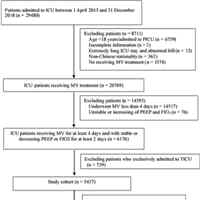
Fluid Balance and Ventilator-Associated Events Among Patients Admitted to ICUs in China
There was nonlinear relationship between fluid balance and all three tiers of ventilator-associated event, with an fluid balance between –1 and 0 L corresponding to the lowest risk. Positive but not negative fluid balance... read more
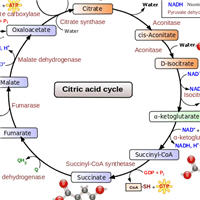
Lactate = LactHATE
Like many others who attended SMACC earlier this year I returned home dazed and confused about the significance of lactate in the septic patient. So like any good (aspiring to be) evidence-based medicine practitioner,... read more

Adjuvant therapeutic plasma exchange in septic shock
The hallmark of sepsis is a pathological host response to an infection that may lead to organ dysfunction, shock and high mortality. Besides numerous circulating mediators initiating inflammation, vascular barrier breakdown... read more
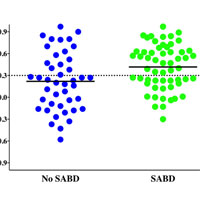
Impaired Cerebral Auto-regulation is Associated with Brain Dysfunction in Patients with Sepsis
Cerebral auto-regulation was altered in half of the patients with sepsis and was associated with the development of SABD. These findings support the concept that cerebral hypoxia could contribute to the development of... read more

Early Goal-directed Therapy Using a Physiological Holistic View
If peripheral perfusion-targeted resuscitation improves 28-day mortality, this could lead to simplified algorithms, assessing almost in real-time the reperfusion process, and pursuing more physiologically sound objectives.... read more

Minimizing Catecholamines and Optimizing Perfusion
The main goal of hemodynamic resuscitation in shock is to improve tissue perfusion and oxygenation. As these cannot be directly evaluated at bedside in routine practice, physicians are left with surrogates such as perfusion... read more

Measuring Lactate vs. Capillary Refill in Guiding Resuscitation in Shock
Capillary refill is as least as good as measuring lactate in guiding resuscitation efforts in septic shock. Moreover, using a lactate-driven resuscitation strategy led to use of more pressors and more IV fluid administration... read more

Postoperative Renal Dysfunction After Noncardiac Surgery
Acute kidney injury (AKI) is a frequent postoperative complication with a substantial risk for both short and long-term adverse events, and its incidence is likely to rise because of increasing major surgical procedures.... read more
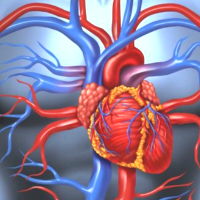
Cardiohepatic Interactions in Heart Failure
Liver involvement in chronic heart failure has long been recognized and reflects the systemic hemodynamic changes that occur during the evolution of heart failure syndrome. Apart from venous congestion and backward failure,... read more
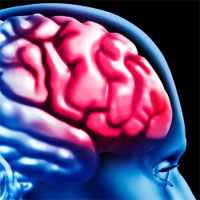
Hyperfibrinolysis in Severe Isolated TBI May Occur Without Tissue Hypoperfusion
Hyperfibrinolysis is associated with tissue injury in both patients with traumatic brain injury (TBI) and in non-TBI patients. However, tissue hypoperfusion is associated with hyperfibrinolysis in non-TBI patients, but not... read more

Organ Dysfunction, Injury and Failure in Acute Heart Failure
Managing patients with AHF remains a clinical challenge and current therapies have uncertain impacts on long-term morbidity and mortality. The use of therapies that prevent or reverse congestion-induced organ injury may represent... read more





